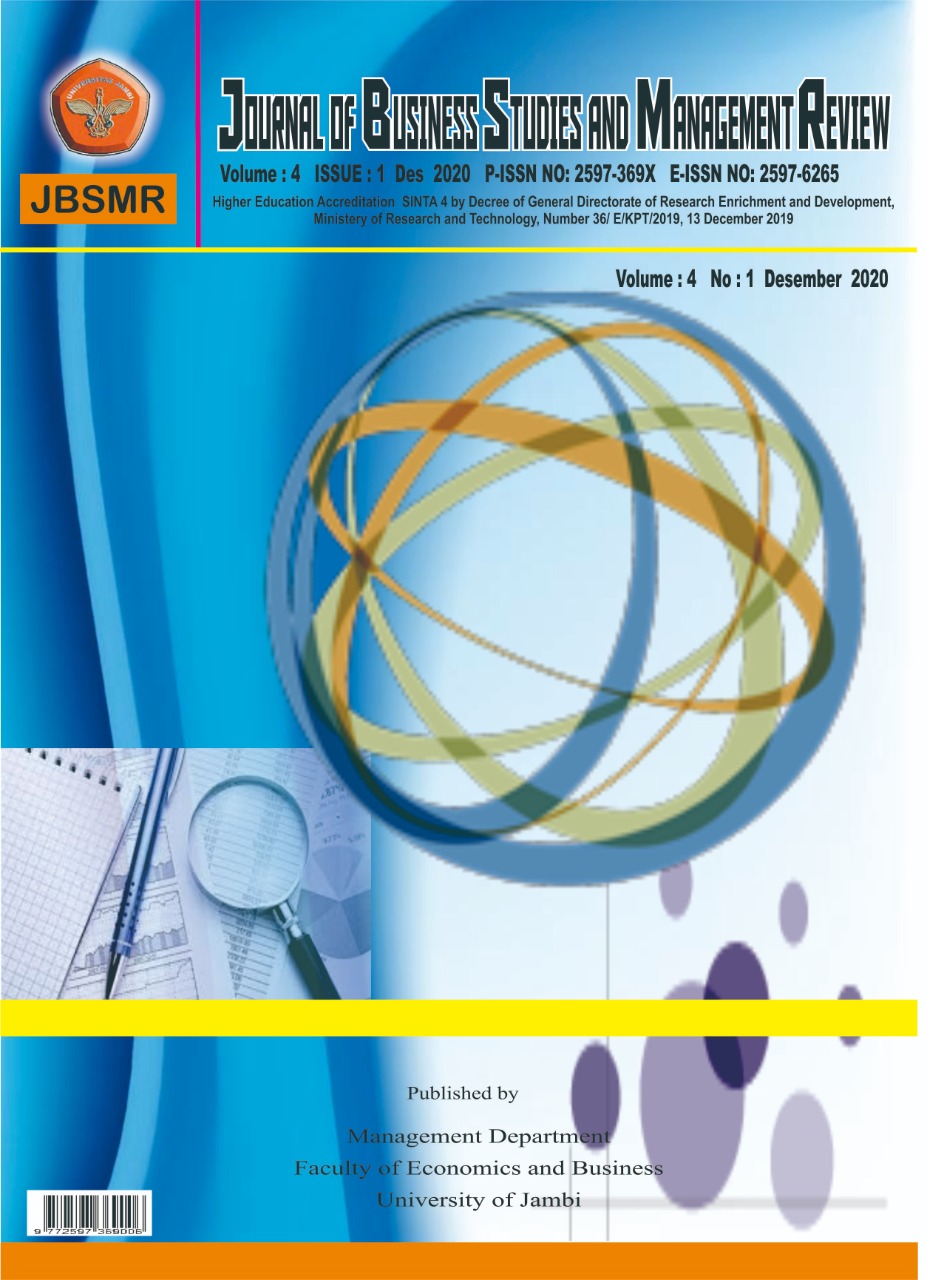STUDENTS INTENTION TO USE TELKOMSEL CASH (T-CASH)
(A TECHNOLOGY ACCEPTANCE MODEL APPROACH)
DOI:
https://doi.org/10.22437/jbsmr.v4i1.11354Keywords:
Technology Acceptance Model, intention, e-moneyAbstract
One of the banking products that take advantage of advances in digital technology is E-money which is motivated by Bank Indonesia Regulations. Telkomsel also supports the development of the digital world, by presenting T-Cash since 2007. But until now, the number of T-Cash users who make transactions is still very small. In fact, these users have understood the ease of perception, benefit perception and risk perception from the use of T-Cash. The purpose of this study was to obtain on ease of perception, benefit perception, risk perception, and how much influence it had on the intention to use T-Cash among Widyatama University students. The research method used is descriptive-verification method with 150 students who already have T-Cash. The purposive sampling method was used in this research. Path analysis was used in testing data. Consumers feel that T-Cash is easy to use in financial transaction activities. Meanwhile, in terms of perceived risk, T-Cash is felt to be quite comfortable to use. However, consumers still have concerns about the possibility that at any time the balance on the T-Cash will be lost. Ease of perception is strong enough to have an impact on consumers intention to use T-Cash. Likewise with benefit perception. This shows that an increase in ease and benefit perception can increase student intention. Both of these can also be supported by an increase in risk perception, which, de-spite its low impact, can certainly also increase student intention. And these three variables have a major impact on student intention.
Downloads
Downloads
Published
How to Cite
Issue
Section
License

This work is licensed under a Creative Commons Attribution 4.0 International License.





.png)




